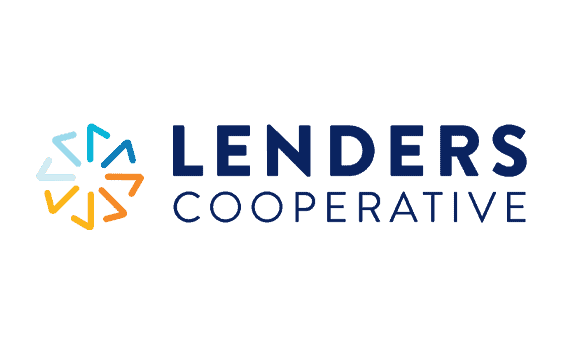
Evening the Score for Small Business Lending in a Down Market
Brought to you by Lenders Cooperative

Small and medium-sized businesses (SMBs) are vital components of our local communities, yet they often face difficulties accessing the capital they need to operate. At the same time, community banks want to support their local SMBs but may hesitate to underwrite small business loans, especially for small dollar amounts.
All this is compounded during times of economic stress and uncertainty. The knee-jerk reaction of most banks is to tighten their lending standards and narrow the credit box – no surprise, given that banks historically face challenges in providing small dollar financing, even in the best of times. The reasons for this are myriad: on average, small loans tend to have a loss rate that is double the rate of larger loans, climbing even higher during bad economic times. Operating costs for small dollar loans are also an issue, as most lenders must scale down these costs by more than six times on average to achieve the same efficiency as their larger loan products.
So where can bankers and SMB owners find a balance that works for both? For banks, it is about balancing credit risk parameters while providing needed liquidity to small businesses in their communities. That work begins with access to richer data sets paired with newer, better expected loss credit models specifically designed for the challenges of small dollar small business lending. This level of intelligence can help bankers make more informed credit decisions faster, potentially reaching more borrowers and growing loan portfolios, even as competitors curtail their own lending programs.
The Limitations of Traditional Credit Scoring
While FICO scores are important and proven tools, the bulk of their data is still geared more towards individuals rather than businesses. Business bankers should leverage new alternative credit models that offer a better analysis of expected loss for SMBs and significantly better insights to support small dollar lending. Used in conjunction with traditional FICO/SBSS scoring, this new model enhances the credit view for banks and offers information well beyond the behavioral score, including macroeconomic, business, franchise and other important data.
An expected loss model is an additive component of a bank’s credit decisioning and augments other existing, traditional data sources to offer a much more comprehensive view of the borrower. This helps bankers better mitigate risk and provides further insights that could support an expansion of a bank’s existing credit risk appetite.
Incorporating both consumer and business credit data that is enhanced by other relevant economic and business factors, banks can gain a much more complete picture of their potential small business borrowers beyond the consumer credit score alone. Often, SMB borrowers with similar consumer credit scores can present vastly different risks that may not be easily seen, even within the same area or industry.
For example, two restaurant owners may appear very similar in terms of risk just looking at their FICO scores. However, a deeper view of the data may show that one has been operating for over 10 years in an metro area with low unemployment, while the other has been in business for less than a year in a city currently experiencing much higher unemployment rates. Likewise, differing FICO scores might not tell the whole story. A business owner with an 800 score may be in a more volatile industry or located in a city with extremely high unemployment or poverty rates, while an owner with a lower score may be experiencing the opposite.
Additionally, this enhanced data approach can help banks more effectively meet lending and/or financing mandates tied to environmental, social and governance (ESG) values, as more robust data enables banks to better reach underserved borrowers who may not meet traditional/standard FICO criteria. This has the potential to open up new markets for the bank.
Successful SMB lending does not end at origination, however. This richer data provides bankers with enhanced risk management capabilities over time, allowing them to continuously monitor their lending portfolios as they move forward or even run them on a “look back” basis. Banks can leverage technology solutions and platforms that offer advanced analytics and predictive modeling capabilities to better manage their small business lending portfolios to achieve this. These solutions can help banks detect early warning signs of potential defaults or other risks, allowing them to take proactive steps to mitigate those risks before they become larger issues.
Small and medium-sized businesses play a critical role in local economies; supporting their growth and success is essential. Leveraging new credit models and richer data sources allows banks to more effectively manage the risks associated with small dollar lending and expand their lending programs to reach more underserved SMBs in their communities. Doing so allows them to help level the playing field and provide much-needed liquidity to these businesses, enabling them to thrive even in challenging economic conditions.


